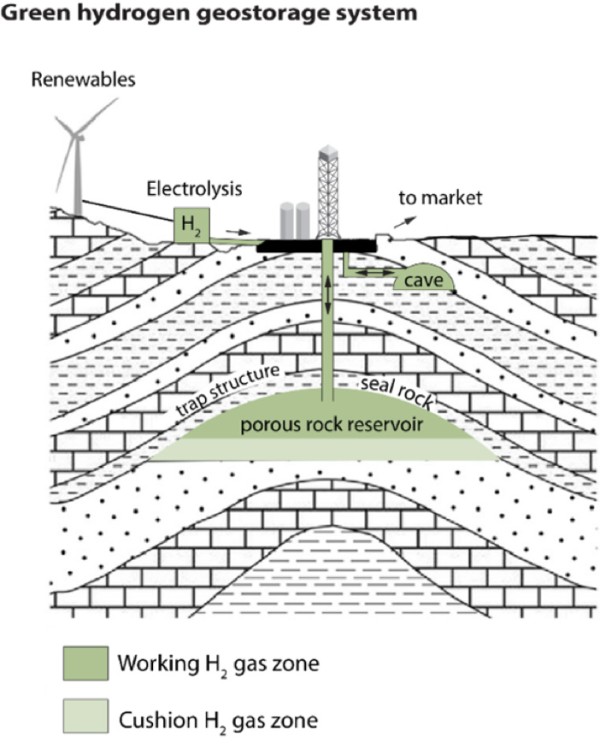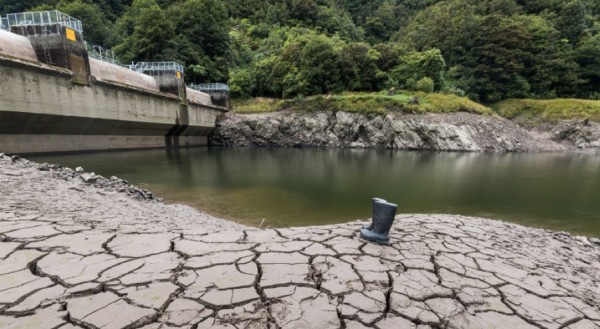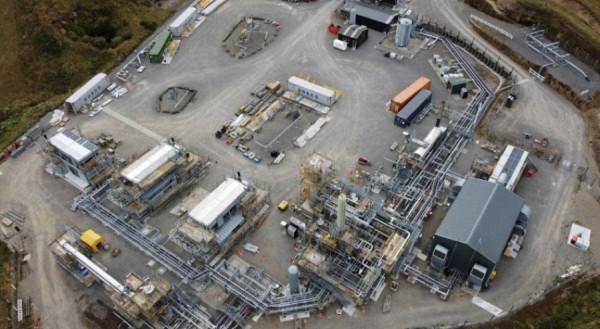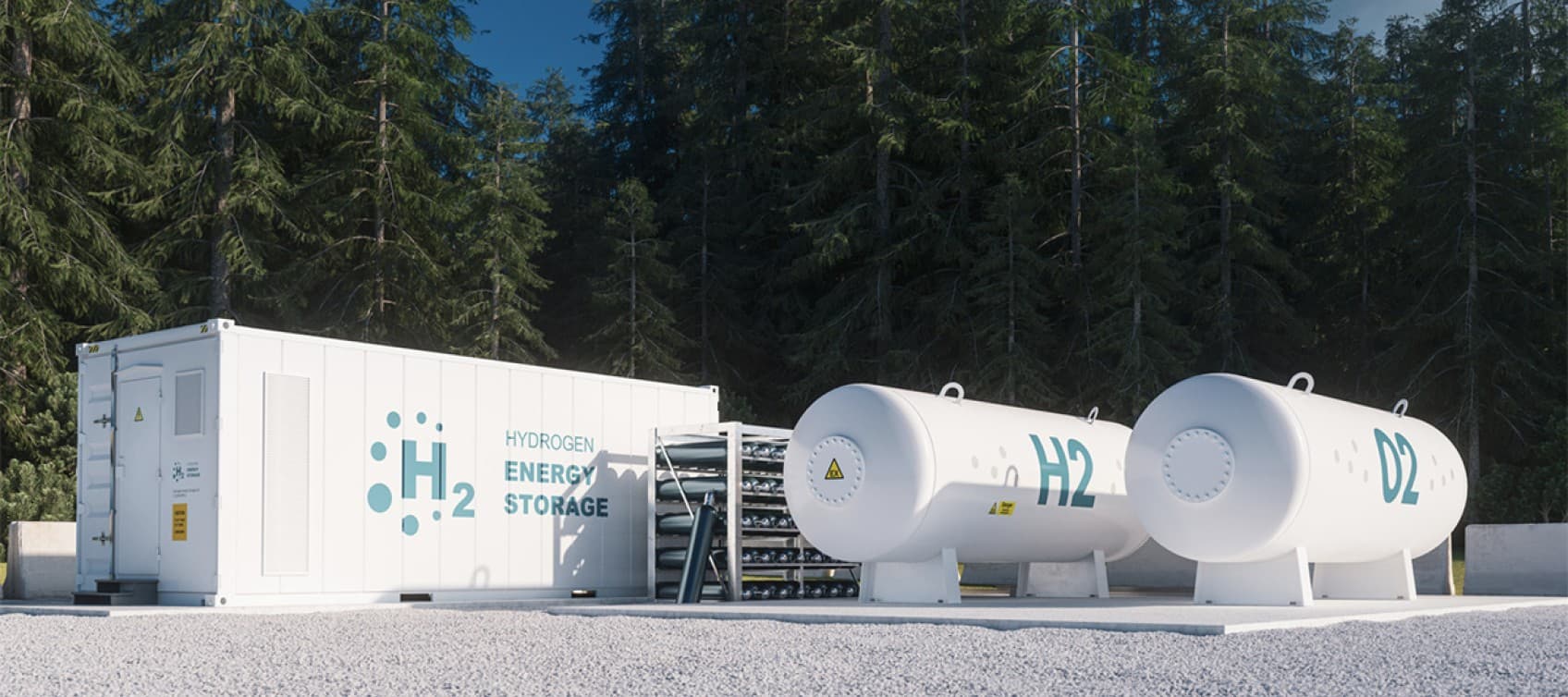Is underground hydrogen storage the key to reaching net carbon zero?
New Zealand has set a target of net zero emissions by 2050 – but what will that future look like?
Green hydrogen will have an important role to play. First, it will help to replace fossil fuels in many hard-to-decarbonise industries like steelmaking, shipping and aviation. It’s estimated that green hydrogen could abate around 20% of human-driven emissions by 2050.
But perhaps even more importantly, hydrogen is likely to be one way we store excess renewable energy so we can use it any time. Solar and wind energy, for example, are only generated when conditions are right – when it’s sunny, or windy. Yet we need energy even when it’s a dark, still day. To bridge the two, we need to generate excess renewable energy and store it, which is where hydrogen fits very well.
A cost-effective way to store energy at scale
Green hydrogen is a good way to store excess renewable energy. It can be moved around through gas networks and used in a huge range of applications. However, one of the major challenges is storing hydrogen at scale in a cost effective way.
The main options we currently have for storing hydrogen are:
- In high-pressure tanks
- Converting it into another chemical such as ammonia
- Geologically, such as in underground caves, caverns and depleted gas reservoirs.
 Underground, or geological, hydrogen storage has some major advantages over the other methods. It can hold hydrogen on a much larger scale making it more cost-effective. In addition, the places where we could store hydrogen underground already exist such as depleted gas fields.
Underground, or geological, hydrogen storage has some major advantages over the other methods. It can hold hydrogen on a much larger scale making it more cost-effective. In addition, the places where we could store hydrogen underground already exist such as depleted gas fields.
New Zealand has several potential reservoirs where hydrogen could be stored. There are seven depleted oil and gas reservoirs in Taranaki that are strong contenders for hydrogen gas storage, according to a 2022 study by the University of Canterbury. These reservoirs could potentially store “30% or more of New Zealand’s hydrogen requirements”, said lead researcher Professor Andy Nicol.
Solving the ‘dry year problem’ with a hydrogen battery

Source: iStock image used for illustrative purposes only. Not an actual representation of a Clarus business.
Stored hydrogen could solve a major problem for New Zealand’s electricity sector – the ‘dry year problem’. In years when we have low rainfall and snowmelt, our hydro-power catchments don’t receive enough water. The storage lakes run low and we cannot generate as much power from hydro electricity, so we must switch to a backup energy source. Currently that source is fossil fuels including coal at Huntley Power Station. Dry years happen, on average, at least twice a decade; you probably remember the 2021 dry year event.
 What could we do instead? The NZ Battery Project is investigating ways to solve the dry year problem in a way that will reduce or eliminate the use of fossil fuels. It’s called a battery project because we need a store of energy that can sit there until a dry year, then be used as our back-up when the lakes are too low. Green hydrogen is one of the most promising battery options, because it can be achieved at large scale using existing gas reservoirs and is located in the North Island where there is most demand for electricity.
What could we do instead? The NZ Battery Project is investigating ways to solve the dry year problem in a way that will reduce or eliminate the use of fossil fuels. It’s called a battery project because we need a store of energy that can sit there until a dry year, then be used as our back-up when the lakes are too low. Green hydrogen is one of the most promising battery options, because it can be achieved at large scale using existing gas reservoirs and is located in the North Island where there is most demand for electricity.
Underground gas storage is already working
Here at Firstgas, we are already storing natural gas underground at Taranaki’s Ahuroa Gas Storage Facility. After the Ahuroa field was largely depleted, in 2008 the underground reservoir began to be used for natural gas storage. We inject the gas using compressors, and it sits there until it needs to be withdrawn and used. The Ahuroa facility gives us invaluable flexibility to provide gas during peak periods, similar to the way an underground hydrogen battery would work.
Underground storage of green hydrogen is a hugely promising technology that could help Aotearoa reach its net carbon zero targets and decarbonise a wide range of industries.
For more on the way that we’re transitioning toward a net carbon zero future, visit our Future of Energy section of our website.





